Top 10 Nhà Cái Uy Tín Mycu - Nhà Cái Tặng Tiền Đăng Ký 2025, Thử Ngay
Top 10 nhà cái uy tín nhất Việt Nam: Vsbet, 6686, av88, abc88, 12bet, fun88, jun88, m88, bet88, da88, uk88... Nhà cái tặng tiền thành viên mới 88k chơi casino trực tuyến

 VSBET - Nhà cái được đảm bảo cược 1000 Tỷ
VSBET - Nhà cái được đảm bảo cược 1000 Tỷ 
★ ★ ★ ★ ★
 Hoàn trả mỗi ngày lên đến 2%
Hoàn trả mỗi ngày lên đến 2%
 Thể Thao Bảo Hiểm Cược Đầu 100%
Thể Thao Bảo Hiểm Cược Đầu 100%
 Mưa lì xì - có tài khoản là có lì xì
Mưa lì xì - có tài khoản là có lì xì
Hoàn tiền cho người chơi khi bị các nhà cái lừa.
Nếu bạn bị nhà cái bùng tiền thì liên hệ trung tâm bảo đảm cược 6686 để khiếu nại, chúng tôi sẽ liên hệ trực tiếp đến nhà cái đó để lấy lại tiền cho bạn.
BẢO ĐẢM CƯỢC được trung tâm cá cược châu Á cấp phép hoạt động kiểm soát nhà cái tổng vốn 1000 tỷ VNĐ.
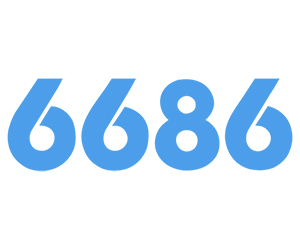
6686
★ ★ ★ ★ ★
🔥 Điểm danh mỗi ngày – Nhận ngay 128K.
🔥 Bảo hiểm cược đầu tiên Thể thao – Hoàn tiền cược 100%.

BK8
★ ★ ★
🔥 BK8 X saba thể thao – đặc quyền hoàn trả hàng tháng 5%.
🔥 Thưởng hàng ngày lên tới 20%.

Fun88
★ ★ ★
🔥 Thưởng 128K vé cược may mắn.
🔥 Nhà tài trợ chính Newcastle United.

188BET
★ ★ ★
🔥 Thưởng 100% cho lần nạp đầu tối đa 1.500.000 VND.
🔥 Hoàn trả cược cao.

FB88
★ ★ ★
🔥 Thưởng Slot 150% tối đa 2.888.000 VND.
🔥 Nạp đầu tặng 15% giá trị nạp.
Top 10 nhà cái uy tín đẳng cấp chất lượng với khuyến mãi siêu khủng cùng với đó là dịch vụ đa dạng. Những khuyến mãi siêu khủng từ các nhà cái này chắc chắn sẽ mang đến trải nghiệm chơi game thú vị và hấp dẫn nhất cho người chơi. Hãy cùng tìm hiểu để có sự lựa chọn tốt nhất cho bản thân!
Review 10 nhà cái uy tín, đẳng cấp hàng đầu thị trường Việt Nam
Dưới đây là danh sách top 10 nhà cái hàng đầu, nổi bật với độ tin cậy và dịch vụ chất lượng vượt trội. Qua đó giúp anh em có thêm lựa chọn giải trí thú vị, hấp dẫn mỗi ngày.
VSBET - Nhà cái uy tín thưởng chào mừng lên đến 1.500K
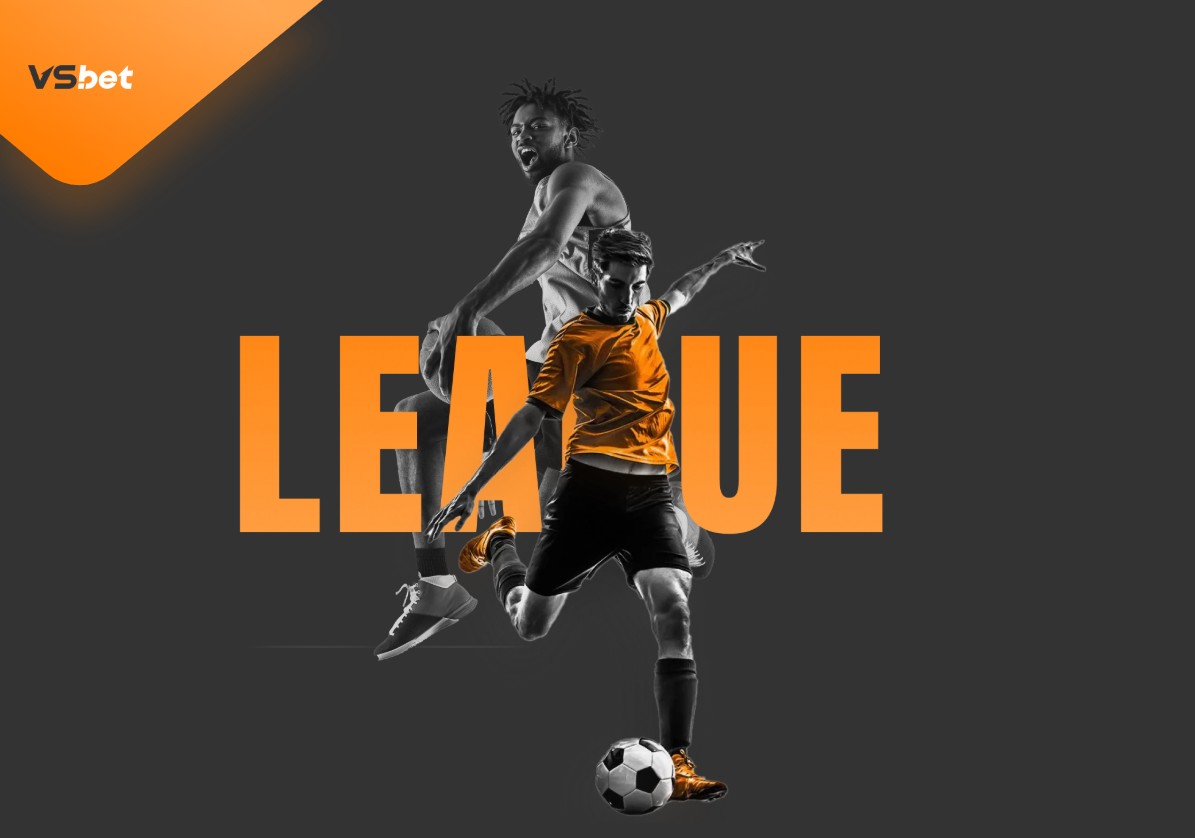
Nhà cái uy tín hàng đầu dành cho mọi bet thủ
VSBET là một trong những nhà cái tặng tiền nổi bật tại Việt Nam, cung cấp đa dạng dịch vụ cá cược trực tuyến từ thể thao, casino đến poker. Với bề dày kinh nghiệm và sự uy tín trong ngành, nhà cái mới nổi này tặng thành viên mới 88k đã thu hút được một lượng lớn người chơi nhờ vào những sản phẩm chất lượng và dịch vụ hỗ trợ tận tình.
|
Ưu điểm |
Nhược điểm |
|
|
6686 - Nhà cái uy tín tặng 100K khi đăng ký tài khoản cá cược
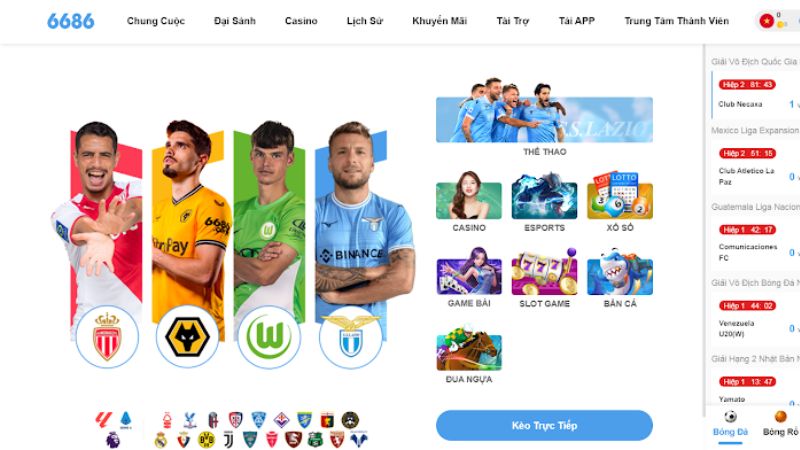
Nền tảng giải trí uy tín số 1 thị trường
Nhà cái uy tín 6686 là một trong những nhà cái tặng tiền trực tuyến uy tín tại Việt Nam, nổi bật với đa dạng sản phẩm cá cược từ thể thao đến casino. Với giao diện thân thiện và dễ sử dụng, trang cá độ bóng đá uy tín nhất việt nam mang đến trải nghiệm cá cược mượt mà cho người chơi.
|
Ưu điểm |
Nhược điểm |
|
|
Fun88 - Nhà cái uy tín tặng ngay 88K cho thành viên mới

Nền tảng đa dạng dịch vụ, dễ dàng tham gia và trải nghiệm
Fun88 là một trong những nhà cái tặng tiền nhất việt nam, nổi bật với các dịch vụ cá cược trực tuyến phong phú, bao gồm thể thao, casino, và các trò chơi điện tử. Với nền tảng công nghệ tiên tiến và dịch vụ khách hàng chuyên nghiệp, nhà cái mới nổi như Fun88 đã xây dựng được uy tín vững chắc trong lòng người chơi.
|
Ưu điểm |
Nhược điểm |
|
|
M88 - Nhà cái uy tín hoàn trả 1% không giới hạn

Điểm đến lý tưởng, siêu khuyến mãi cực sốc
M88 là một trong những nhà cái uy tín và lâu đời tại thị trường cá cược trực tuyến Việt Nam, cung cấp đa dạng sản phẩm từ cá độ thể thao, casino trực tuyến, cho đến các trò chơi giải trí khác. Với bề dày kinh nghiệm và cam kết minh bạch, nhà cái mới như M88 đã thu hút được lượng lớn người chơi nhờ vào dịch vụ chất lượng và những trải nghiệm cá cược thú vị.
|
Ưu điểm |
Nhược điểm |
|
|
Dafabet - Nhà cái uy tín thưởng 100% nạp lần đầu lên đến 2.888K
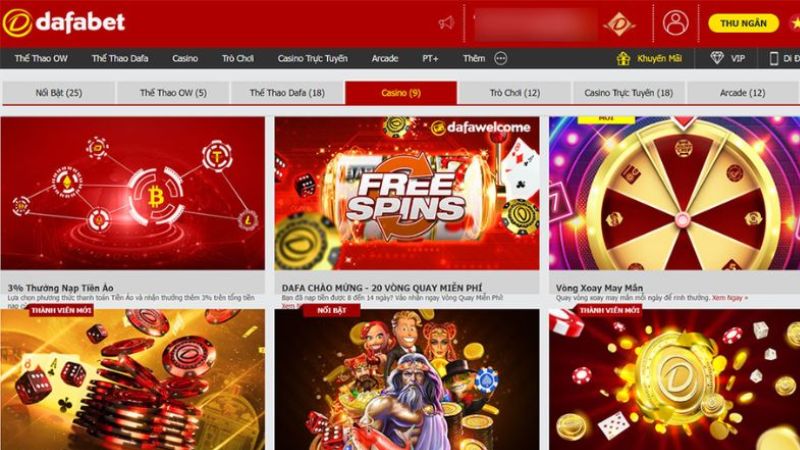
Điểm đến lý tưởng số 1 châu Á
Dafabet là một trong những nhà cái hàng đầu tại châu Á, nổi tiếng với các dịch vụ cá cược thể thao, casino trực tuyến và trò chơi điện tử. Được thành lập vào năm 2004, Dafabet nhanh chóng trở thành lựa chọn phổ biến cho người chơi nhờ vào sự đa dạng trong sản phẩm và cam kết bảo mật thông tin người dùng.
|
Ưu điểm |
Nhược điểm |
|
|
123BET - Nhà cái uy tín thưởng 68K miễn phí khi đăng ký

Nhà cái cá cược đáng tin cậy nhất hiện nay
123bet là một trong những nhà cái tặng tiền trực tuyến phổ biến tại Việt Nam, chuyên cung cấp dịch vụ cá cược thể thao, casino và các trò chơi giải trí khác. Với giao diện hiện đại và dễ sử dụng, nhà cái mới nổi nhu 123bet thu hút nhiều người chơi nhờ vào các sản phẩm đa dạng và khuyến mãi hấp dẫn.
|
Ưu điểm |
Nhược điểm |
|
|
789 Bet - Nhà cái uy tín tặng ngay 200K khi nạp lần đầu

Thiên đường giải trí đẳng cấp, chất lượng số 1
789BET là một trong những nhà cái tặng tiền nổi bật tại thị trường cá cược trực tuyến Việt Nam, cung cấp đa dạng dịch vụ như cá cược thể thao, casino, và các trò chơi giải trí khác. Với giao diện thân thiện và dễ sử dụng, 789BET đã thu hút được một lượng lớn người chơi nhờ vào các sản phẩm chất lượng và dịch vụ chăm sóc khách hàng tận tình.
|
Ưu điểm |
Nhược điểm |
|
|
BK8 - Nhà cái uy tín khuyến mãi nạp 100% lên đến 8.000K
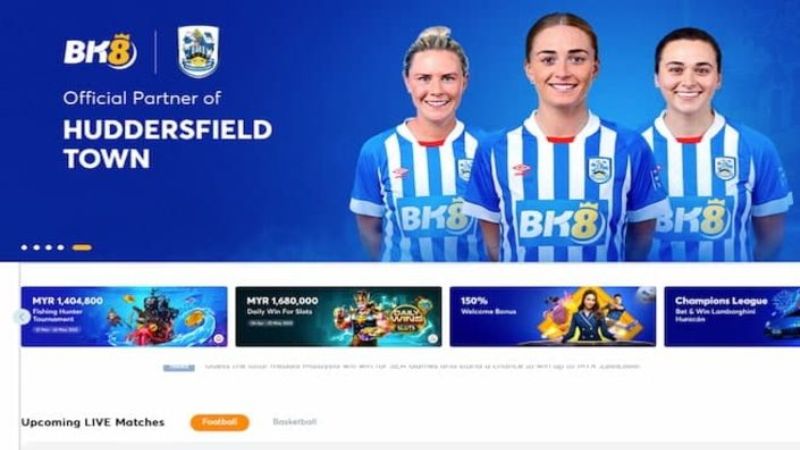
Nhà cái giải trí trực tuyến đẳng cấp
BK8 là một trong những nhà cái trực tuyến hàng đầu tại Việt Nam, nổi bật với các dịch vụ cá cược thể thao, casino trực tuyến và nhiều trò chơi khác. Với nền tảng công nghệ tiên tiến, nhà cái tặng cược miễn phí BK8 mang đến trải nghiệm chơi game mượt mà và hấp dẫn cho người dùng.
|
Ưu điểm |
Nhược điểm |
|
|
Gam88 - Nhà cái uy tín tặng 50K miễn phí cho tân thủ

Sân chơi với các dịch vụ đa dạng và tỷ lệ kèo phong phú
Gam88 là một trong những nhà cái tặng tiền nổi bật tại Việt Nam, chuyên cung cấp dịch vụ cá cược thể thao, casino trực tuyến và nhiều trò chơi giải trí khác. Với giao diện người dùng thân thiện và dễ sử dụng, Game 88 mang đến trải nghiệm cá cược hấp dẫn cho người chơi.
|
Ưu điểm |
Nhược điểm |
|
|
VN88 - Nhà cái uy tín thưởng nạp đầu 150% lên đến 3.000K

Nhà cái cá cược bóng đá đỉnh cao hàng đầu hiện nay
VN88 là một trong những nhà cái trực tuyến nổi bật tại Việt Nam, chuyên cung cấp dịch vụ cá cược thể thao, casino và các trò chơi giải trí khác. Với giao diện dễ sử dụng và tính năng thân thiện, VN88 hướng đến việc mang lại trải nghiệm cá cược tốt nhất cho người chơi.
|
Ưu điểm |
Nhược điểm |
|
|
Lời kết
Việc chọn trong top nhà cái uy tín không chỉ đảm bảo an toàn cho tiền cược của bạn mà còn mở ra nhiều cơ hội trải nghiệm thú vị. Những nhà cái trong danh sách top 10 mà chúng tôi giới thiệu đều có những ưu điểm nổi bật như dịch vụ chăm sóc khách hàng tận tình, giao diện dễ sử dụng và khuyến mãi hấp dẫn. Hãy thử sức với những ưu đãi siêu khủng từ các nhà cái này để trải nghiệm cảm giác hồi hộp và thú vị trong từng ván cược. Chúc bạn có những giây phút chơi game thật sự đáng nhớ!









